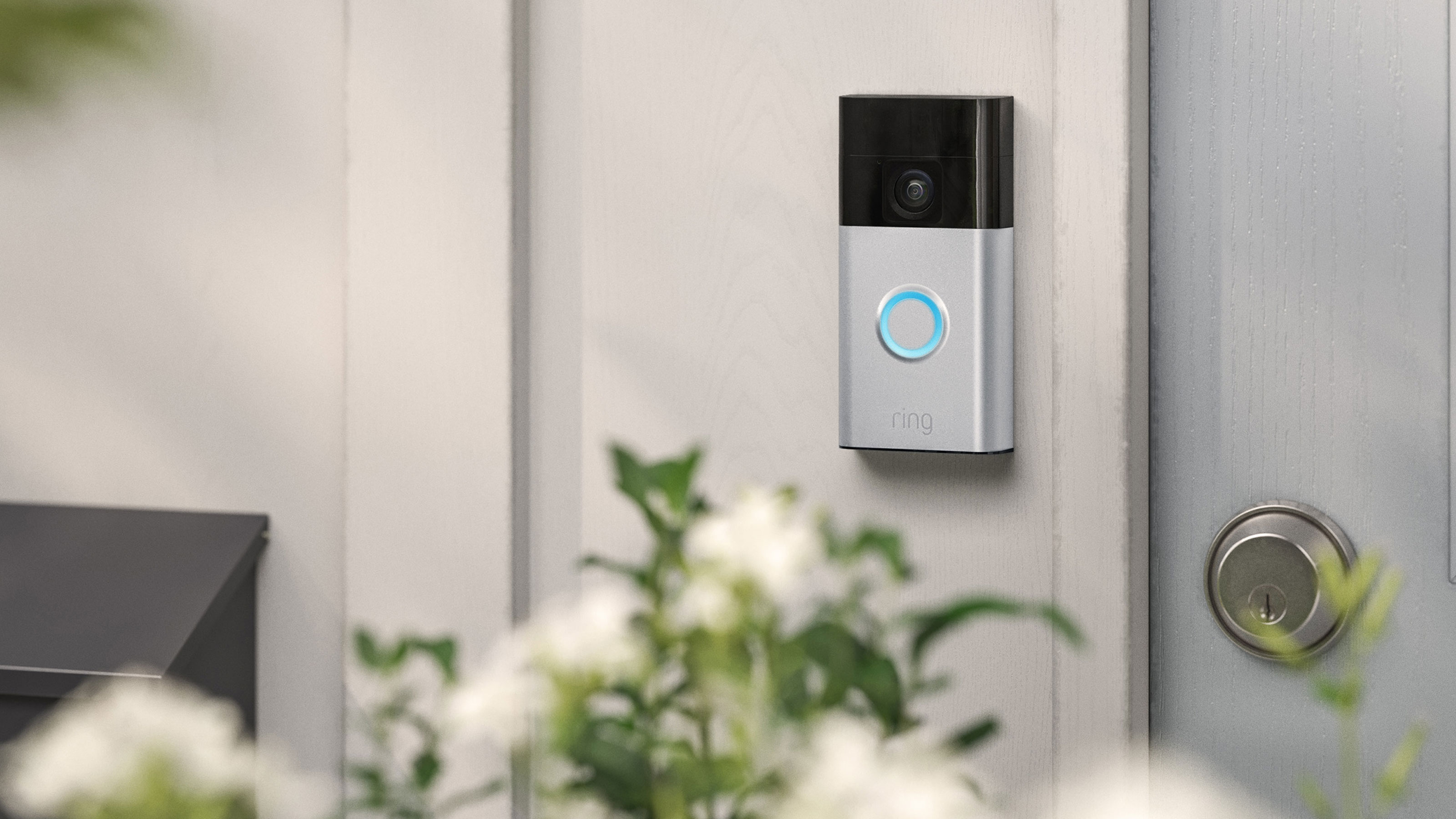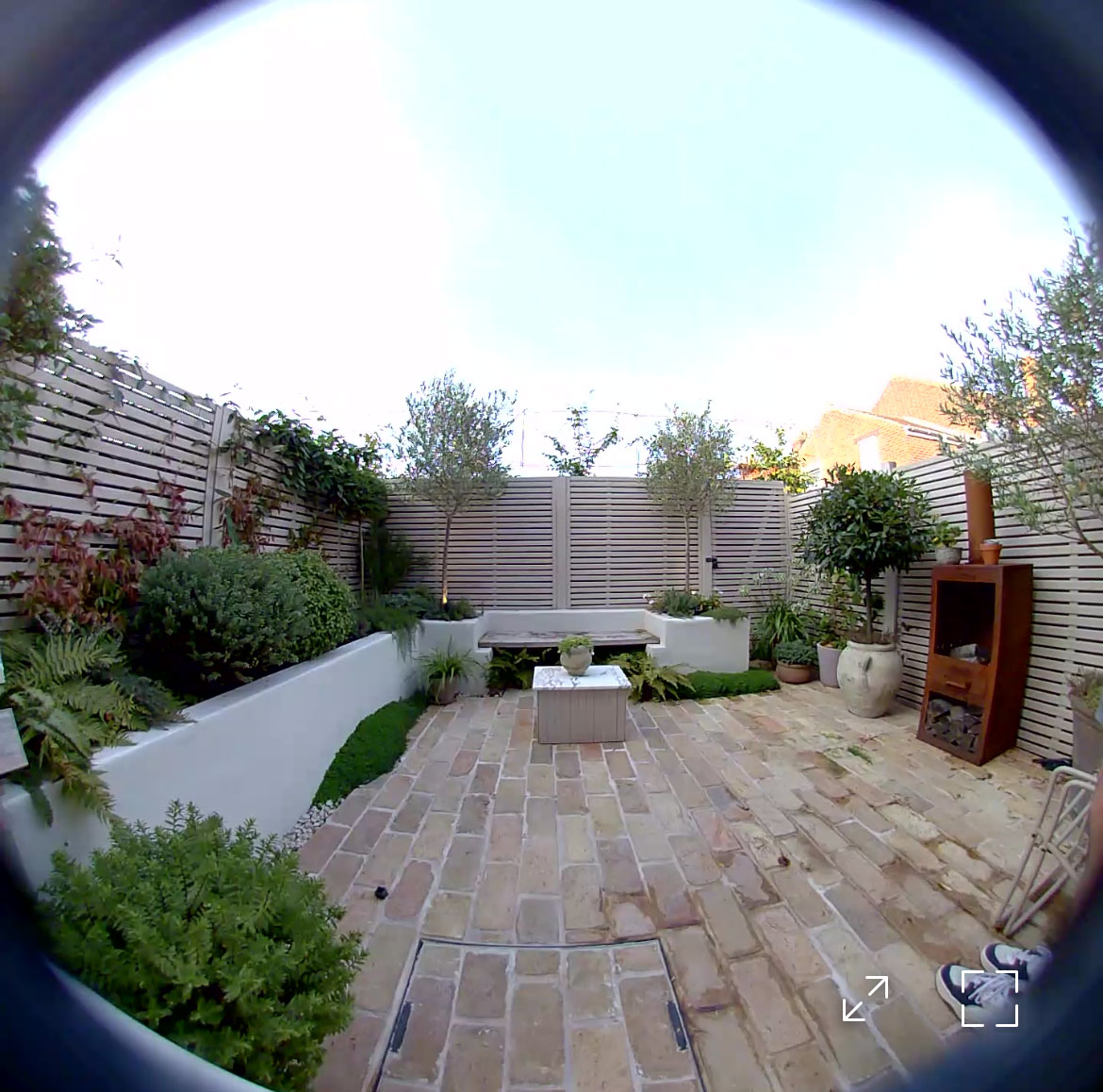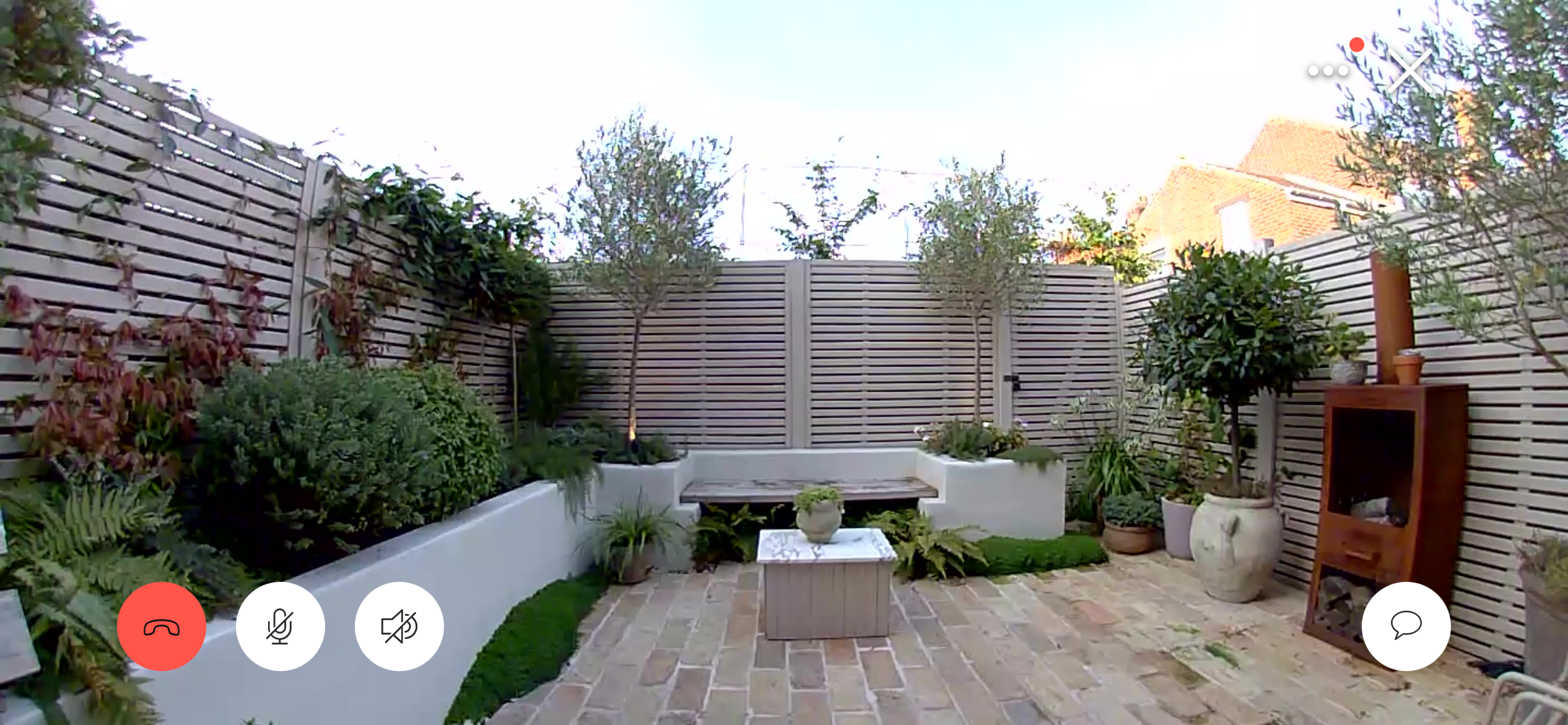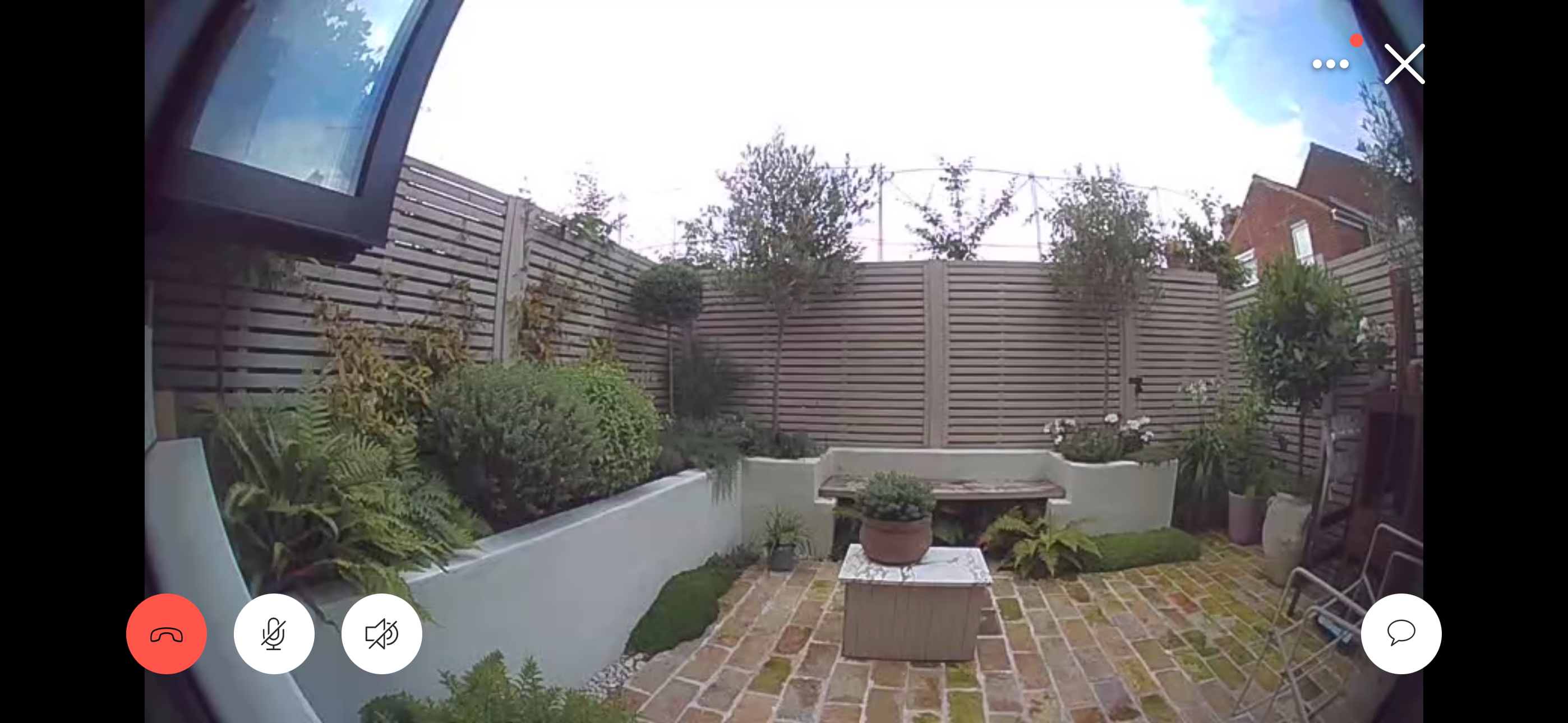
Let me start this review outright by telling you that in the video doorbell wars, I've technically sided with Ring's offering. I've used Ring's video doorbell for two or three years for my own front door at this point, having tested others including Blink, Nest and even Simplisafe. I love the simplicity, and how it's so easy to connect into my home's existing smart set-up (though that might be different if you're more friends of Siri than Alexa).
Ring may not always be rated the best video doorbell in every round-up you read, but it's undoubtedly one of the most popular — I could walk down my street right now and see at least a dozen others. And now Ring is launching the next generation of its pervasive design, shipping from September 4th, and I was intrigued to get my hands on it. From just looking at it, it doesn't look much different than its predecessor. It's almost identical bar a few cosmetic changes, which seem to have more to do with its functionality than its aesthetics anyway.
This isn't my full review yet - for clarity, I've only been using the new design for a few days - but it's been enough time to test out some features that are new to this model, as well as some others that I hadn't ever set up on my previous Ring doorbell for one reason or another. Here's a first glance at the new device, and our verdict on whether the 2024 Ring doorbell, from Amazon, is worth the upgrade.
Price: $99.99
The new video doorbell doesn't have a removable faceplate and comes in Satin Nickel and Venetian Bronze
What's different from the previous model?
The biggest feature changes come in the camera when compared to our Ring Video Doorbell 3 review. The now "head-to-toe" view translates into a 150° by 150° field of vision. This is a significant increase on the previous model, and also helps to make features like its package detect — after all, it's not much help if you can't see the the package after its been placed on your porch. There's also increased functionality with zoom, so you can keep an eye on the details.
The other important change you'll need to know is how this device is charged — crucial if you're not opting for a wired-in installation. The removable battery is no more.



Aesthetically speaking, there's not much difference — however, the switch out of removable battery also reflects in the loss of the 'faceplate'. This once-changeable element is now fixed in place with 8 tiny screws in the back of the device. I'd guess it is still technically removable, but it doesn't give the sense that you should — where before you could even buy seasonal faceplates for your Ring doorbell.
It's a tiny bit sleeker too. The loss of the internal battery has allowed for a slimmer model by a quarter of an inch — it might not sound like much, but it's a move in the right direction for the device to feel less bulky.
How do you charge the next generation Battery Video Doorbell?
Without the removable battery, to recharge your device you'll need to remove the entire doorbell from the mounting plate to recharge. It's a little bit of a mystery as to why Ring has taken this path — and it may be to the detriment of its everyday usability. Most of the Ring doorbell users I know use the non-wired-in installation, and invest in a second battery so that when the first one runs out, they can replace it without interrupting their doorbell's service. The new way to charge the Ring doorbell means you'll have to remove it entirely while it recharges (using the specific tool provided, which I can certainly see myself losing at some point in the future). The charging cable connects to the back of the new generation Ring doorbell.
I haven't got as far as testing the battery life, or how long it takes to recharge. I don't anticipate it being a huge problem — I can take it down overnight to recharge and put it back up in the morning.
The verdict
As far as the evolution of the Ring video doorbell, the increase in video quality is all you could really wish for. Ring adds new features regardless, and installing the new doorbell (which legitimately took minutes in my existing Alexa smart home set-up) reacquainted me with some features I haven't really used before such as Quick Replies (think answering machine for a doorbell), and Privacy Zones, so you can ensure your camera doesn't capture anything you shouldn't.
It's the same base price as the previous generation at $99.99, cheaper than the more advanced Ring Pro offerings, though the previous generation Ring doorbell is currently on sale for 40% off on Amazon. I imagine these doorbells will get similar discount treatments during Amazon sales like Prime Day in time to come, too.







